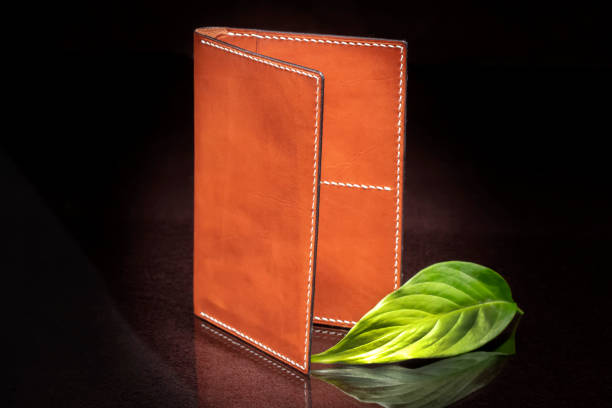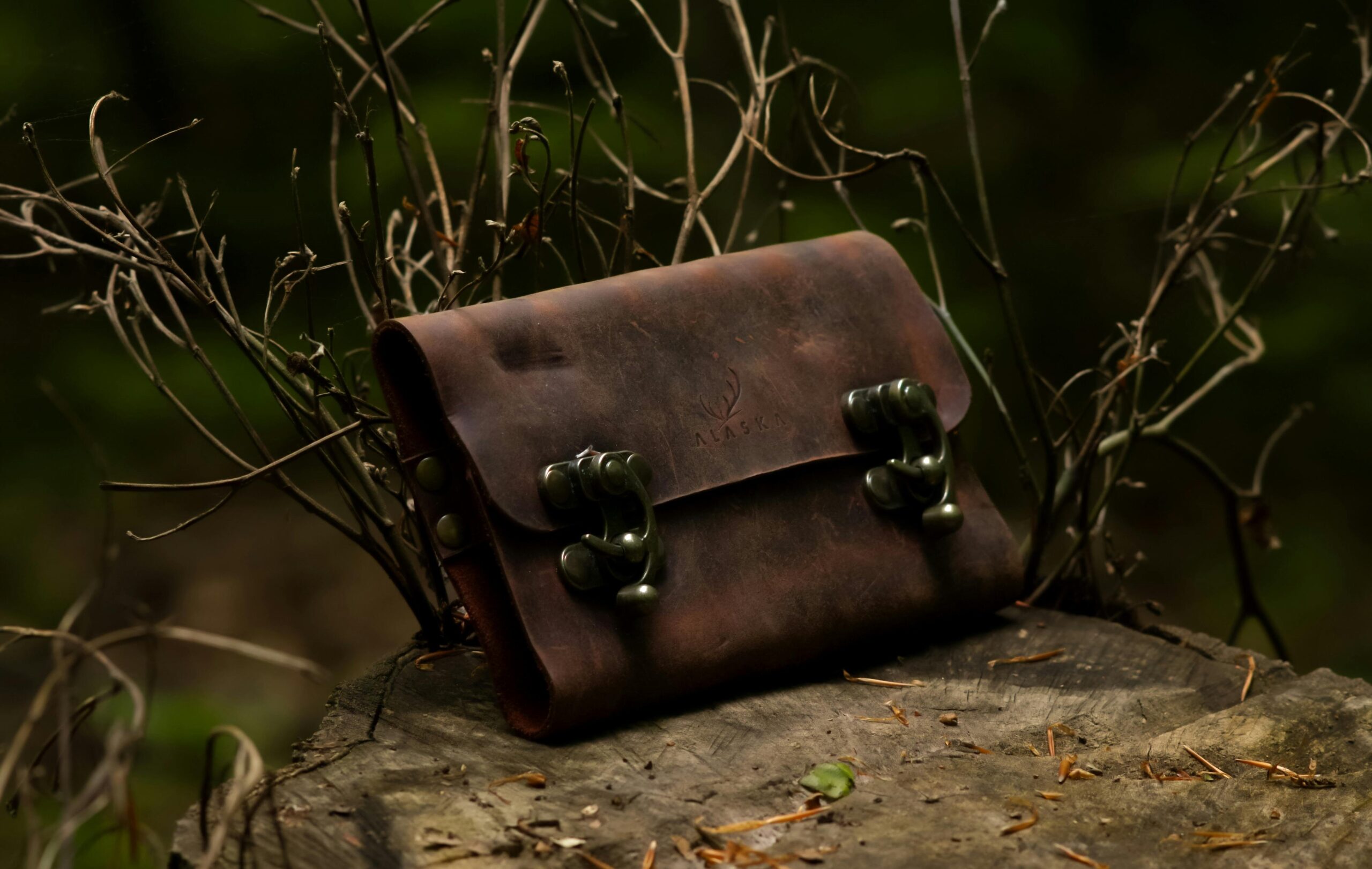
Blog
What is Vegetable-Tanned Leather?

Vegetable-tanned leather is a type of leather made from animal hides (such as cow, sheep, or goat) that undergoes a natural tanning process using plant-based materials instead of chemicals. This type of leather has gained popularity due to its sustainable and eco-friendly production methods.
1. Features of Vegetable-Tanned Leather :
Vegetable-tanned leather has unique characteristics due to its natural production process and the materials used. Here are the most important features of vegetable-tanned leather:
1. Natural Tanning :
Vegetable-tanned leather is tanned using plant extracts, such as tree bark, fruits, and other natural materials. This process helps retain the natural properties of the leather and makes it more environmentally friendly.
2. Durability and Resistance :
This type of leather is typically very durable due to the use of natural materials and traditional methods. Over time, vegetable-tanned leather improves with age and shows greater resistance to wear and everyday damage.
3. Appearance and Texture :
Vegetable-tanned leather features natural colors and textures, giving it a unique and attractive aesthetic. Natural imperfections, such as scars or wrinkles, often add to its charm, making each piece of leather one-of-a-kind.
4. Breathability :
Due to its natural structure, vegetable-tanned leather usually has high breathability. This feature allows moisture and heat to escape easily, providing greater comfort when using leather products.
5. Eco-Friendly :
Vegetable-tanned leather is a suitable option for those who care about the environment, as it does not use harmful chemicals and follows sustainable processes. This type of leather can contribute to reducing pollution and preserving natural resources.
6. Change Over Time :
Vegetable-tanned leather undergoes changes over time that enhance its beauty. These changes, such as color and texture shifts, give the leather a unique character and story.
7. Sensitivity to Moisture :
While vegetable-tanned leather is durable, it may be more sensitive to moisture. Proper care and maintenance are required to prevent damage from humidity.
2. Disadvantages of Vegetable-Tanned Leather :
While vegetable-tanned leather has many advantages, it also has some drawbacks that should be considered. Here are the main disadvantages of vegetable-tanned leather:
1. Higher Cost :
Vegetable-tanned leather is generally more expensive than chemically tanned leather. This is due to the longer time and more resources required in the tanning process. For those seeking more budget-friendly options, this can be a limitation.
2. Sensitivity to Moisture :
This type of leather is more sensitive to moisture and can be prone to damage. It requires extra care, as contact with water can cause it to lose shape or develop stains.
3. Time-Consuming Production :
The vegetable tanning process is typically time-consuming, which can lead to longer production and delivery times for leather products. This may be problematic for consumers looking for quicker availability.
4. Limited Color Options :
Vegetable-tanned leather is usually produced with natural colors, which can limit the variety of colors and designs available. For those seeking specific colors or modern patterns, this may be a disadvantage.
5. Increased Maintenance Requirements :
Due to its unique characteristics, vegetable-tanned leather requires more care and maintenance. To preserve its quality and prevent damage, it should be regularly cleaned and treated with appropriate leather conditioners.
3. Uses of Vegetable-Tanned Leather :
Vegetable-tanned leather is utilized in various products due to its unique characteristics and high quality. Here are some common applications of vegetable-tanned leather:
1. Fashion Products and Accessories :
Vegetable-tanned leather is a popular material for making bags, belts, shoes, and other fashion accessories. Its beauty and durability add a special appeal to these products.
2. Home Goods :
This type of leather is also used in furniture and interior decor. Products like chairs, sofas, and cushions made from vegetable-tanned leather enhance the aesthetic and strength of a space.
3. Custom Leather Goods :
Due to its workability and flexibility, vegetable-tanned leather is used to create custom products such as handbags, wallets, and personalized items.
4. Artisan Products :
Artisans and craftsmen often use vegetable-tanned leather for artistic creations and handmade goods, including book covers, art pieces, and leather jewelry.
5. Sporting Goods :
Vegetable-tanned leather is used in the production of some sporting goods, such as sports balls and equipment, due to its durability and high quality.
6. Industrial Leather Products :
This type of leather is also employed in various industries, including automotive (like seat covers) and industrial equipment.

Conclusion
Despite some drawbacks, such as higher costs and sensitivity to moisture, the advantages of vegetable-tanned leather make it an excellent choice for those seeking quality and sustainability. By choosing this material, consumers not only invest in long-lasting products but also support environmentally conscious practices.11:32

